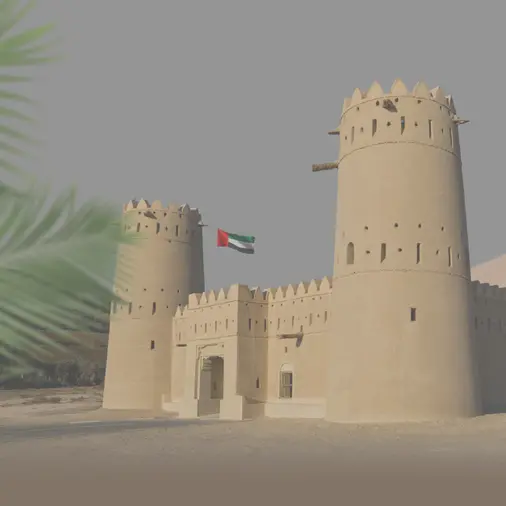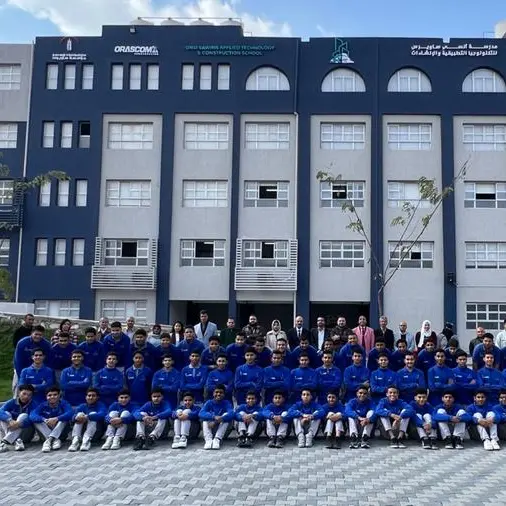The first ever stocktake of restoring Africa’s forests and landscapes, launched today during Africa Climate Week, shows that more needs to be done to fully tap the enormous opportunity for the continent to return land to sustainable production, protect biodiversity, and shield livelihoods in the battle against climate change.
Up to 65 percent of productive land is degraded, while desertification affects 45 percent of Africa’s land area. While the overall trend is moving downward, net loss of forests is still increasing in Africa with 4 million hectares of forest disappearing every year. Africa’s drylands are very vulnerable to climate change and their restoration is a priority for adaptation and building resilient and sustainable food systems.
The Review of Forest and Landscape Restoration in Africa 2021 is a joint analysis carried out by the Food and Agriculture Organization of the United Nations and the African Union Development Agency-NEPAD and presents the successes so far and the remaining difficulties and opportunities across the continent in restoring land degraded by conversion and forest clearance, overuse of natural resources, urbanization, drought, and other factors.
“Despite our efforts, every year more forest disappears, costing the continent a 3 percent loss of GDP,” said Abebe Haile-Gabriel, FAO Assistant Director-General and Regional Representative for Africa in the Review’s Foreword. “Degraded forest landscapes intensify the effects of climate change and are a barrier to building resilient and prosperous communities when 60 percent of Africans depend on their land and their forests.”
“The urgent need to reverse these negative and devastating trends has prompted African leaders to commit to the restoration of the continent’s ecosystems. Through its roadmap for development, Agenda 2063, the African continent commits to ecosystems restoration by protecting, restoring and promoting sustainable use of terrestrial ecosystems, sustainably managing forests, and combating desertification,” said Dr Ibrahim Assane Mayaki, Chief Executive Officer, African Union Development Agency-NEPAD, in his Foreword. “This review of current approaches and exploration of emerging opportunities is key to accelerating restoration efforts.”
Local engagement is key to success
Most of the projects assessed in the Review have a strong climate change dimension, aiming at not only sequestering carbon, but also creating jobs, reducing the vulnerabilities of rural people to food insecurity and helping them adapt to climate changes.
The Review identifies local ownership and stakeholder engagement as fundamental factors for success. High-level political support and access to finance are also crucial.
Difficulties with longer-term finance, land tenure and property rights are major challenges along with insecurity and conflict, lack of technical capacity and restricted access due to poor infrastructure.
“Extending well beyond tree-planting, forest and landscape restoration is an all-encompassing approach to returning trees and forests to landscapes where they have been lost and is of great benefit to sustainable food production, building resilience and disaster risk reduction,” said Nora Berrahmouni, Senior Forestry Officer, FAO Regional Office for Africa and one of the Review’s lead authors. “African countries and their partners need to continue to scale-up their efforts in forest and landscape restoration as a viable solution to climate change and building forward better in response to COVID-19, while also protecting their natural capital. It’s a long-term process but it is a sustainable, forward-looking solution.”
The Review is an important baseline to assess urgently-needed progress during the UN Decade of Ecosystem Restoration 2021-2030.
FACT BOX
Africa has 1 billion hectares of drylands and 393 million hectares of these need restoration in Africa’s Great Green Wall areas, including 33 million hectares that are restorable in Northern Africa, 162 million ha in the Sahara-Sahel countries and 198 million ha in the Kalahari-Namib countries.
AFR100 committed 31 African governments to bringing 100 million hectares under restoration by 2030 - a challenge already exceeded. As of June 2021, 129 912 800 hectares have been pledged for restoration under AFR100.
Africa has an estimated additional 132 million hectares of degraded cropland - combined with climate change this increases the vulnerability of millions of people.
About 45 percent of Africa’s land is impacted by desertification - 55 percent of this is at very high risk of further desertification.
Within Africa, the FAO-led Action Against Desertification programme in support of the Great Green Wall, works with local communities, governments and civil society to restore degraded land in several countries: Burkina Faso, Ethiopia, The Gambia, Mali, Mauritania, Niger, Nigeria, Senegal and Sudan. Between 2015 and 2020, 63 000 hectares of degraded lands were planted to initiate their restoration and enriched with over 12 million seedlings and 120 tonnes of forest seeds from over 100 native species of trees and fodder grasses. The programme was initially supported by the European Union and has been further expanded with contributions from Turkey and other donors.
The cost of restoration varies widely. The review found that in Madagascar, costs are estimated at USD 680 per hectare, whereas in Ethiopia it is estimated at USD 87 – 1 445.
Distributed by APO Group on behalf of FAO Regional Office for Africa.
© Press Release 2021
Disclaimer: The contents of this press release was provided from an external third party provider. This website is not responsible for, and does not control, such external content. This content is provided on an “as is” and “as available” basis and has not been edited in any way. Neither this website nor our affiliates guarantee the accuracy of or endorse the views or opinions expressed in this press release.
The press release is provided for informational purposes only. The content does not provide tax, legal or investment advice or opinion regarding the suitability, value or profitability of any particular security, portfolio or investment strategy. Neither this website nor our affiliates shall be liable for any errors or inaccuracies in the content, or for any actions taken by you in reliance thereon. You expressly agree that your use of the information within this article is at your sole risk.
To the fullest extent permitted by applicable law, this website, its parent company, its subsidiaries, its affiliates and the respective shareholders, directors, officers, employees, agents, advertisers, content providers and licensors will not be liable (jointly or severally) to you for any direct, indirect, consequential, special, incidental, punitive or exemplary damages, including without limitation, lost profits, lost savings and lost revenues, whether in negligence, tort, contract or any other theory of liability, even if the parties have been advised of the possibility or could have foreseen any such damages.
















